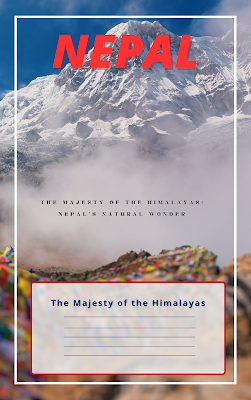Dasain, also known as Dashain, is one of the most significant and widely celebrated festivals in Nepal. This Hindu festival spans 15 days and typically falls in September or October, depending on the lunar calendar. It's a time of vibrant rituals, family gatherings, and a sense of unity among the Nepali people. In this blog post, we will explore the essence of Dasain, its cultural significance, and the various customs associated with it.
### The Essence of Dasain
Dasain is often referred to as "Bijaya Dashami," which translates to "the day of victory." This festival symbolizes the triumph of good over evil, as it marks the victory of the goddess Durga over the demon king Mahishasura. It is believed that during these 15 days, the goddess Durga visits her devotees' homes, bringing blessings and protection.
### The Rituals
#### 1. Ghatasthapana
The festival begins with Ghatasthapana, the establishment of the kalash (a clay pot filled with holy water and covered with barley seeds). This marks the formal start of Dasain.
#### 2. Worshipping the Goddess
Throughout Dasain, families visit temples, with the most important being the temple of Goddess Durga. They offer sacrifices of animals (usually goats, ducks, or buffaloes) to honor the goddess and seek her blessings.
#### 3. Tika and Jamara
On the tenth day of Dasain, known as Vijaya Dashami, elders place Tika (a mixture of yogurt, rice, and vermillion) and Jamara (barley grass) on the foreheads of younger family members as a blessing for protection and prosperity. This tradition symbolizes the love and respect between generations.
#### 4. Family Reunions
Dasain is a time for family gatherings, as people return to their ancestral homes to celebrate with their loved ones. It's a time for feasting, sharing stories, and renewing bonds.
### Cultural Significance
Beyond its religious aspects, Dasain holds deep cultural significance for the Nepali people. It fosters a sense of unity and togetherness as communities come together to celebrate. It's also an opportunity to showcase Nepal's rich cultural heritage through music, dance, and traditional attire.
### Modern Celebrations
In recent years, Dasain has evolved to incorporate modern elements. Technology has enabled families separated by geography to connect virtually, ensuring that the spirit of Dasain remains strong even when loved ones are far away. Additionally, some people choose to forgo animal sacrifices and focus more on prayers and community service to align with their evolving values.
### Conclusion
Dasain is a time of reflection, gratitude, and renewal for the Nepali people. It's a festival that beautifully combines ancient traditions with modern values, emphasizing the importance of family, unity, and the triumph of good over evil. As Nepal continues to evolve, Dasain remains a cornerstone of its culture, reminding everyone of the rich tapestry of traditions that make this festival so special.










